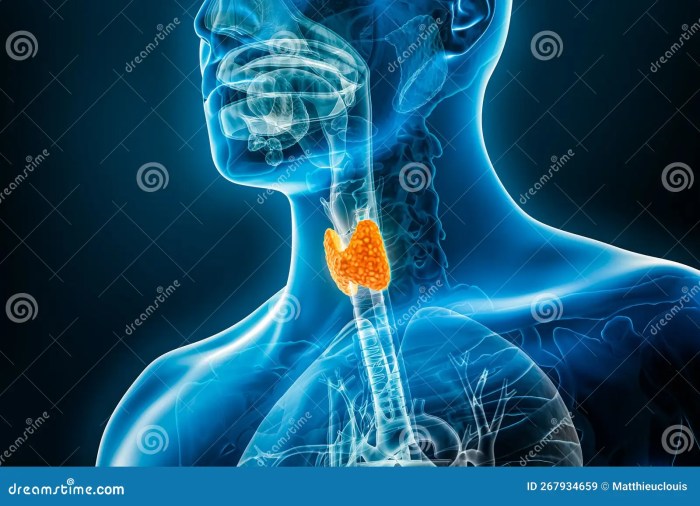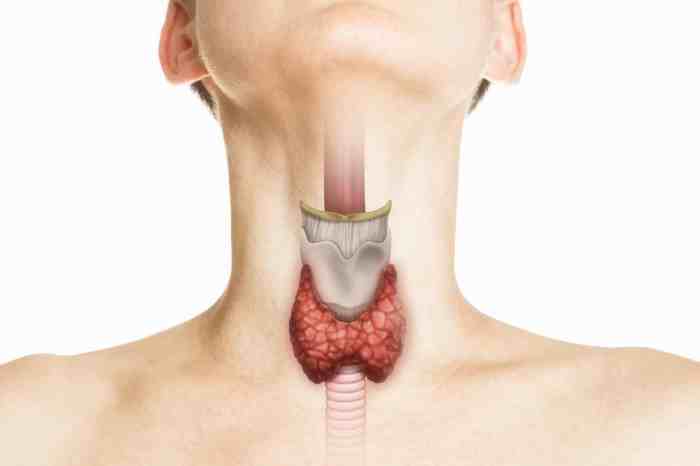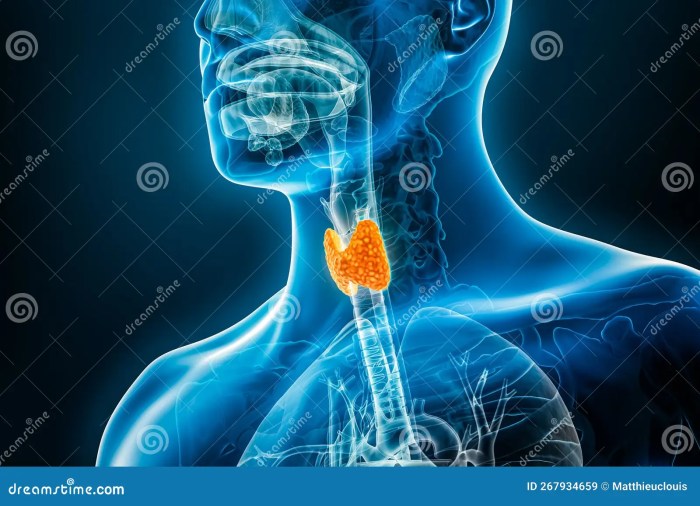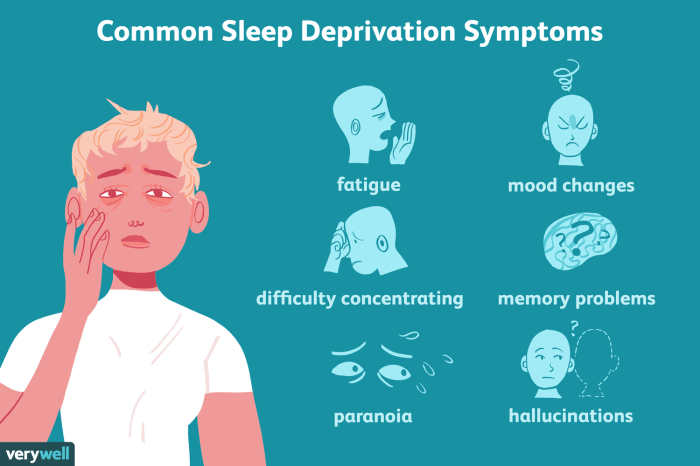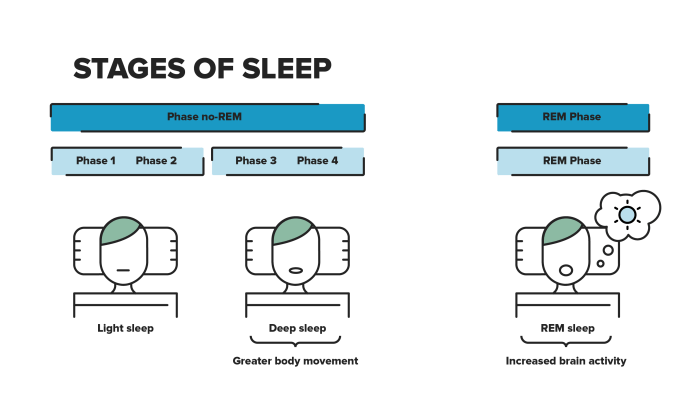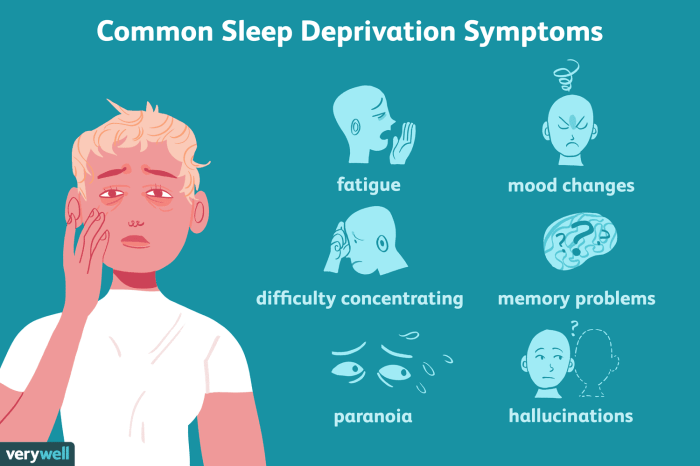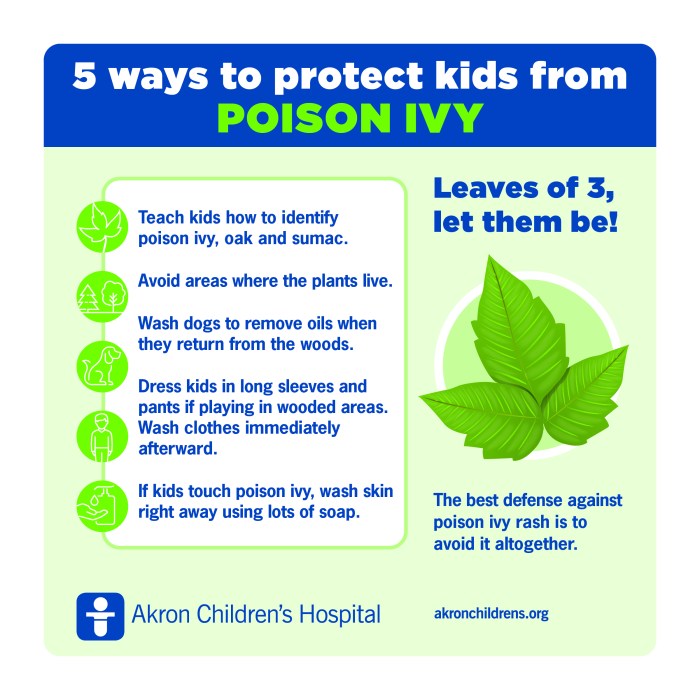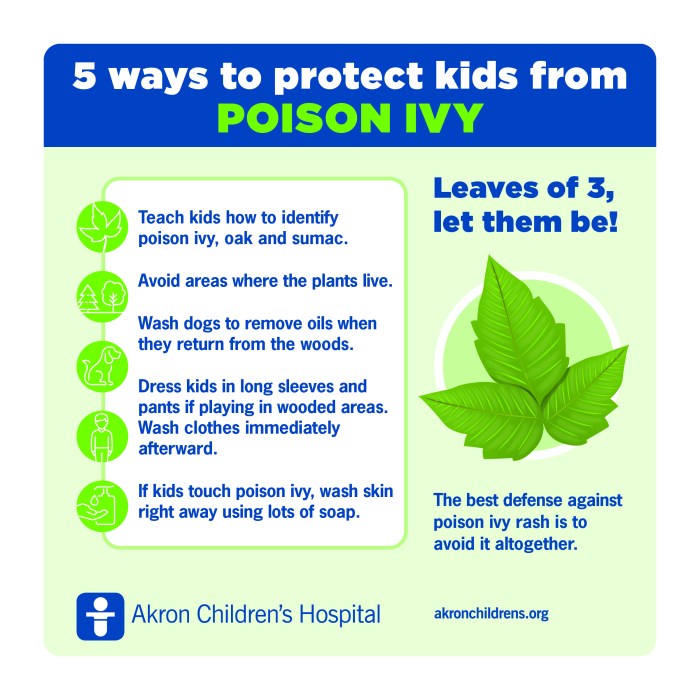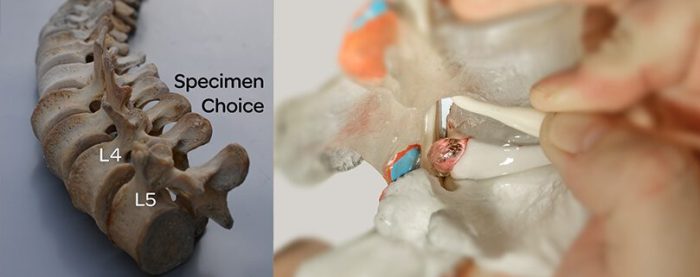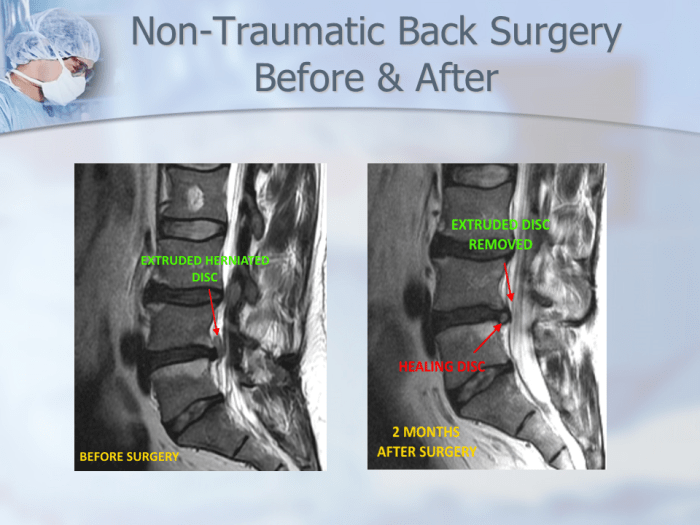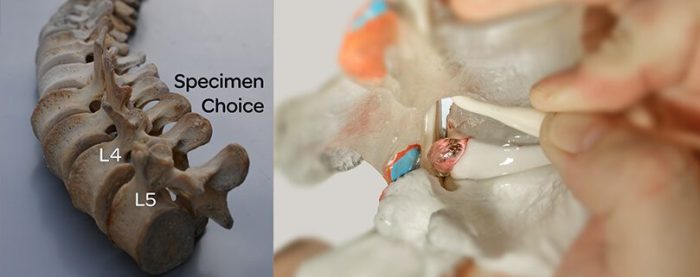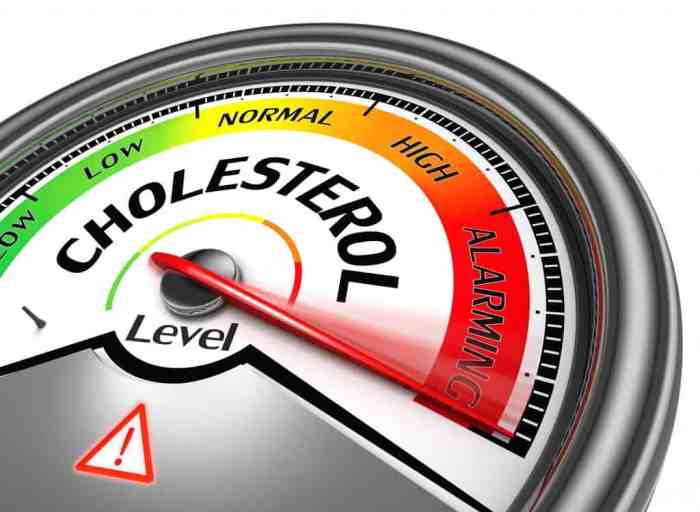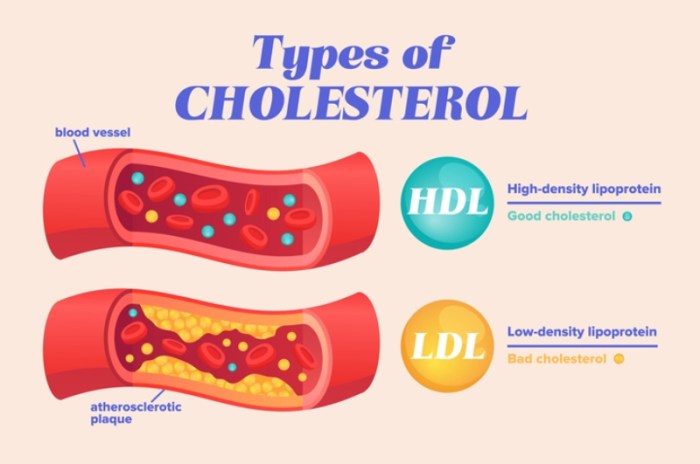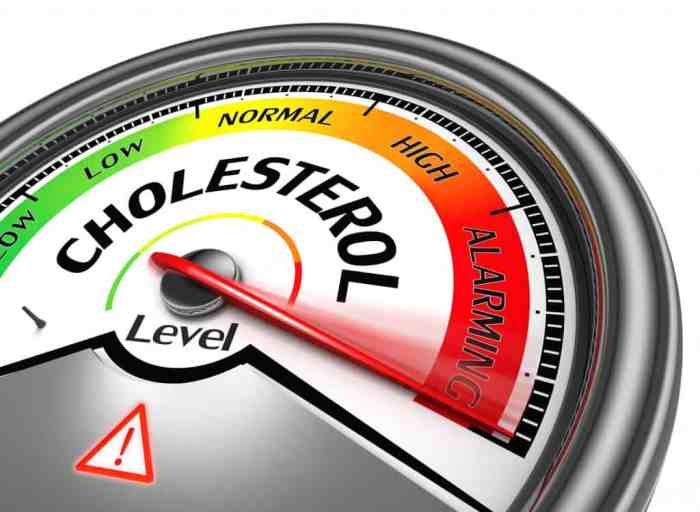Olive oil for eczema: Is this ancient remedy a viable alternative to conventional treatments? This exploration dives deep into the potential benefits and drawbacks of using olive oil to manage eczema, examining scientific evidence, potential side effects, and practical application methods. We’ll uncover whether olive oil can truly soothe irritated skin and provide lasting relief.
Eczema, a chronic skin condition, affects millions worldwide. Characterized by dry, itchy, inflamed skin, it can range from mild to severe. While various treatments exist, many people seek natural remedies. Olive oil, with its rich history in skincare, is one such option. This article investigates its potential as a natural eczema treatment.
Introduction to Eczema and Olive Oil
Eczema, a chronic inflammatory skin condition, affects millions worldwide. Characterized by dry, itchy, and inflamed skin, it can manifest in various forms, ranging from mild to severe. The exact causes of eczema remain elusive, but a combination of genetic predisposition, environmental triggers, and immune system dysfunction are often implicated. Common symptoms include redness, scaling, and the formation of blisters or sores, particularly in areas like the folds of the elbows, knees, and face.Olive oil, a staple in Mediterranean cuisine, has a long history of use in both culinary and medicinal practices.
Its rich composition of fatty acids, vitamins, and antioxidants may contribute to its potential benefits for skin health, particularly for conditions like eczema. The moisturizing properties of olive oil, combined with its potential anti-inflammatory effects, might offer some relief from the symptoms associated with eczema.
Properties of Olive Oil Relevant to Skin Conditions
Olive oil is a natural emollient, meaning it can effectively moisturize and soften the skin. Its high content of monounsaturated fatty acids, particularly oleic acid, is believed to play a key role in maintaining skin hydration and barrier function. This helps to prevent moisture loss, a common issue for those with eczema. Furthermore, olive oil contains antioxidants, which help protect the skin from damage caused by free radicals.
These protective mechanisms are crucial in managing the inflammation and irritation often associated with eczema.
Historical Overview of Olive Oil Use in Skin Care
Olive oil has been used for centuries in traditional medicine and skincare practices, particularly in the Mediterranean region. Ancient civilizations recognized its ability to soothe and heal irritated skin. Records suggest that olive oil was used to treat various skin ailments, including inflammation and dryness. This historical use underscores the potential of olive oil as a natural remedy for skin conditions.
Chemical Composition Comparison
| Component | Olive Oil | Coconut Oil |
|---|---|---|
| Fatty Acids | Primarily oleic acid (monounsaturated), with smaller amounts of linoleic acid (polyunsaturated), and stearic acid (saturated). | Primarily lauric acid (saturated), with smaller amounts of myristic acid (saturated) and capric acid (saturated). |
| Vitamins | Contains vitamin E, a potent antioxidant, and trace amounts of other vitamins like vitamin K and vitamin A. | Contains vitamin E, though in lesser quantities than olive oil, and trace amounts of other vitamins, but in different proportions. |
| Antioxidants | Oleic acid, and other compounds act as antioxidants, potentially protecting the skin from damage. | Lauric acid, and other compounds act as antioxidants. |
The table above highlights the key differences in fatty acid profiles between olive oil and coconut oil. Olive oil’s higher concentration of monounsaturated fats and vitamin E might contribute to its potential benefits for eczema sufferers, compared to coconut oil, which has a higher concentration of saturated fats. This difference in chemical composition may affect how each oil interacts with the skin.
Scientific Evidence on Olive Oil and Eczema

Olive oil, a staple in many cuisines, has also been touted for its potential benefits in various health conditions, including eczema. While anecdotal evidence abounds, rigorous scientific research is crucial to assess the true efficacy of olive oil for eczema management. This exploration delves into the available studies, examining their methodologies, limitations, and overall conclusions.Understanding the complexities of eczema and the variability in its presentation is essential when evaluating the effectiveness of any treatment, including olive oil.
The diversity of eczema types and their individual responses to different treatments necessitates careful consideration of the findings presented in the scientific literature.
Research Methodologies and Limitations
A variety of research methodologies have been employed to investigate the link between olive oil and eczema. Some studies focus on assessing the effects of topical olive oil application on skin inflammation, while others explore its impact on the composition of the skin microbiome. These approaches often involve controlled experiments, observing changes in eczema severity, or correlating olive oil use with improvements in skin symptoms.
Clinical Trial Findings
Unfortunately, robust clinical trials specifically investigating olive oil for eczema are limited. Many studies are observational, which means they observe patterns but cannot definitively prove causation. Some small-scale trials have shown potential benefits, but the sample sizes often make it difficult to draw definitive conclusions. The methodologies of these studies may include comparing the effects of olive oil to other topical treatments, or evaluating changes in skin conditions over a specific period.
Observational Study Findings
Observational studies have explored the self-reported experiences of individuals using olive oil for eczema. These studies often highlight positive testimonials and anecdotal reports, suggesting potential relief from symptoms. However, these reports are subjective and lack the control and standardization necessary for conclusive evidence. These studies may rely on questionnaires or interviews to collect data about olive oil use and eczema symptoms.
I’ve been experimenting with olive oil for my eczema lately, and it’s surprisingly soothing. While I’m still learning about the best application methods, it seems to calm the itching. Interestingly, I’ve been reading up on how beta blockers might help with anxiety, which is a topic I’m currently researching. For example, checking out this article on do beta blockers work for anxiety has been really helpful.
Ultimately, I’m hoping to find natural remedies for both my skin condition and my anxiety, and olive oil seems like a good starting point.
Comparison with Other Treatments, Olive oil for eczema
Comparing the efficacy of olive oil to other established eczema treatments is challenging due to the lack of extensive clinical trials. While olive oil may offer a natural alternative, its effectiveness relative to corticosteroids or other medicated creams needs further investigation. The benefits and risks associated with various treatment options need careful consideration.
Summary of Findings
The current scientific evidence on olive oil and eczema is mixed. Some studies suggest potential benefits in terms of reducing skin inflammation and improving skin barrier function, but these findings are often limited by small sample sizes and observational nature. Inconsistencies exist in the results across different studies, highlighting the need for more rigorous research.
Table of Study Types
| Study Type | Summary of Findings | Limitations |
|---|---|---|
| Clinical Trial (small-scale) | Some studies indicate potential reduction in eczema symptoms with olive oil application, but sample sizes are small and results are not always consistent. | Small sample sizes, limited generalizability, potential for bias in reporting. |
| Observational Study | Anecdotal evidence suggests potential symptom relief, but the lack of control and standardization limits the validity of these findings. | Subjective reporting, lack of control groups, difficulty in establishing causality. |
Potential Benefits and Drawbacks of Using Olive Oil for Eczema
Olive oil, a popular ingredient in skincare, has shown promise for managing eczema symptoms. However, like any treatment, it’s essential to understand both the potential benefits and drawbacks before incorporating it into your routine. This section explores the positive and negative aspects of using olive oil for eczema, along with practical application methods.
Potential Benefits of Olive Oil for Eczema
Olive oil’s moisturizing properties can soothe dry, irritated skin, a common symptom of eczema. Its rich composition of fatty acids, including oleic acid, helps to create a protective barrier on the skin, preventing moisture loss and further irritation. This protective barrier can be particularly helpful in managing eczema flare-ups.
- Moisturizing Effects: Olive oil’s high content of fatty acids effectively hydrates the skin, creating a protective layer that prevents moisture loss and reduces dryness, a key factor in eczema management. This can significantly improve the appearance and feel of the skin, making it less itchy and inflamed.
- Anti-inflammatory Properties: Some studies suggest that olive oil may have anti-inflammatory effects. This can help reduce the redness, swelling, and itching associated with eczema flare-ups. The presence of antioxidants in olive oil could potentially contribute to this anti-inflammatory action by neutralizing free radicals that contribute to inflammation.
Potential Drawbacks of Using Olive Oil for Eczema
While olive oil offers potential benefits, it’s crucial to acknowledge the potential drawbacks. Allergic reactions and interactions with other medications are possibilities.
- Allergic Reactions: Some individuals may experience allergic reactions to olive oil, ranging from mild skin irritation to more severe reactions. If you have a known allergy to olive oil or other similar plant oils, avoid using it on your skin. Always perform a patch test before applying it to a larger area. Look for any signs of redness, swelling, or itching after applying a small amount of olive oil to a discreet area.
- Interactions with Other Medications: Olive oil can interact with certain medications, potentially affecting their absorption or effectiveness. If you are taking any medications, consult with your dermatologist or healthcare provider before using olive oil on your skin. This is especially important if you are using topical corticosteroids or other medications for eczema.
Incorporating Olive Oil into Your Skincare Routine
Applying olive oil to your skin can be part of a comprehensive eczema management plan. The method of application depends on the severity of your eczema.
- Application Methods: Olive oil can be applied directly to affected areas of the skin, either neat or mixed with other natural ingredients. A simple application method involves gently massaging a small amount of olive oil into the skin after cleansing, focusing on affected areas. Another method involves mixing olive oil with other natural ingredients like honey or aloe vera to create a customized eczema-relief treatment.
Potential Benefits and Drawbacks Table
| Benefit | Explanation | Drawback | Explanation |
|---|---|---|---|
| Moisturizing | Olive oil’s fatty acids create a protective barrier, preventing moisture loss and reducing dryness. | Allergic Reaction | Some individuals may experience allergic reactions, ranging from mild skin irritation to more severe responses. |
| Anti-inflammatory | Possible anti-inflammatory effects may help reduce redness, swelling, and itching associated with eczema flare-ups. | Interactions with other meds | Olive oil may interact with certain medications, potentially affecting their absorption or effectiveness. Consult a healthcare professional if unsure. |
Different Application Methods and Recommendations: Olive Oil For Eczema
Olive oil’s potential to soothe eczema is exciting, but proper application is key. This section details various methods, appropriate amounts, and crucial precautions to ensure you’re using olive oil safely and effectively. Remember, individual responses vary, and consulting a dermatologist is always recommended before starting any new treatment.
Applying Olive Oil Directly
Direct application is a straightforward method. Warm a small amount of olive oil between your hands. Apply a thin layer to the affected eczema areas, gently massaging it into the skin. The warmth can help increase absorption.
Mixing Olive Oil with Other Oils
Combining olive oil with other moisturizing oils can enhance its effects. For example, mixing with a carrier oil like jojoba or almond oil can create a richer, more hydrating mixture. This combination can be particularly beneficial for dry, flaky skin. Always test any new mixture on a small, inconspicuous area first to check for any allergic reactions.
Appropriate Amounts and Frequencies
Start with a small amount of olive oil and gradually increase as needed. A pea-sized amount is usually sufficient for a small area. Apply olive oil as needed, but generally, once or twice daily is a good starting point. Listen to your skin and adjust the frequency accordingly.
Precautions When Using Olive Oil
Be mindful of potential allergic reactions. If you experience any irritation, redness, or itching after applying olive oil, discontinue use immediately and consult a dermatologist. Avoid using olive oil on open wounds or broken skin. Always use a clean, dry cotton cloth or a clean applicator for each application to avoid introducing bacteria.
Importance of Consulting a Dermatologist
Before incorporating olive oil into your eczema routine, consult a dermatologist. They can assess your specific condition, discuss the potential benefits and drawbacks, and help determine the best course of action for your eczema. They can also rule out other underlying conditions that might be contributing to your eczema.
Table of Application Methods and Recommendations
| Application Method | Description | Precautions |
|---|---|---|
| Direct Application | Warm a small amount of olive oil between hands and gently massage onto affected areas. | Stop if irritation arises. Avoid using on broken skin. |
| Mixing with other oils | Combine olive oil with carrier oils like jojoba or almond oil for richer hydration. | Test on a small area first to check for allergies. |
Illustrative Examples and Case Studies (Hypothetical)
Olive oil’s potential for eczema relief is intriguing, but individual experiences vary. Understanding how it works for different people and potential downsides is crucial. This section presents hypothetical case studies to illustrate these points.Real-world experiences and scientific studies are vital to support claims about olive oil’s impact on eczema. While these hypothetical cases are not based on actual patients, they represent plausible scenarios.
Hypothetical Case Study: Positive Response
A 30-year-old woman, Sarah, experiences chronic eczema, particularly on her hands and forearms. Her symptoms include redness, itching, and flaking skin. She tries various creams and ointments, with limited relief. She then incorporates a daily application of a high-quality, cold-pressed extra virgin olive oil. The oil is gently massaged into the affected areas twice daily.
Within two weeks, Sarah notices a significant reduction in itching and inflammation. The redness fades, and the flaking skin becomes noticeably smoother. After a month, her eczema is almost completely cleared, with only minor dryness remaining. This suggests that for some individuals, olive oil can be an effective complementary therapy for eczema.
Hypothetical Case Study: Adverse Reaction
Another individual, David, also has eczema, but his experience is less positive. He uses a lower-quality, processed olive oil product marketed for eczema relief. He applies it daily, following the instructions on the packaging. However, within a few days, his eczema worsens. The itching intensifies, and the affected areas become more inflamed and painful.
He develops a rash with small, blister-like bumps. David experiences an allergic reaction to a component within the olive oil product, highlighting the importance of choosing high-quality products and being mindful of potential allergens. This case underscores the need for caution and individual sensitivity when experimenting with new products.
Olive Oil Products Formulated for Eczema Relief
Various olive oil products are specifically formulated to address eczema symptoms. These products often incorporate additional ingredients to enhance the moisturizing and soothing effects of olive oil.
Olive oil for eczema can be a surprisingly effective natural remedy. While it’s a great moisturizer, it’s important to be mindful of potential health concerns. For example, if you notice blood in your vomit, it could signal a serious underlying issue. Exploring the various causes of blood in vomit is crucial for accurate diagnosis and treatment. Consulting a list of potential causes, like list of blood in vomit causes , can be a helpful starting point.
Thankfully, for eczema, olive oil often provides soothing relief and a gentle way to manage the symptoms.
Ingredients of Olive Oil Products for Eczema Relief
Different products vary in their precise formulations. However, common ingredients include:
- Extra Virgin Olive Oil: The base of many formulations, known for its moisturizing properties and potential anti-inflammatory effects.
- Aloe Vera: A well-known soothing agent, often included to provide extra hydration and reduce irritation.
- Shea Butter: A rich emollient that helps lock in moisture, further improving skin hydration and reducing dryness.
- Vitamin E: A powerful antioxidant, promoting skin health and reducing inflammation. This helps protect the skin from free radicals.
- Essential Oils (e.g., Lavender, Tea Tree): Sometimes added for their potential anti-inflammatory and antimicrobial properties. However, these may trigger allergic reactions in some individuals. Always consult a doctor before using essential oils on eczema-prone skin.
These are just a few examples. The precise combination and concentration of these ingredients can vary greatly between different products. It’s important to carefully review product labels to understand the complete formulation.
Olive oil’s moisturizing properties can be surprisingly helpful for eczema. I’ve been experimenting with different oils, and olive oil seems to soothe my skin nicely. However, if you’re looking to manage your eczema while also following a keto diet, understanding how many carbs on keto you can consume is key. how many carbs on keto can be tricky, and it’s important to remember that even seemingly small amounts of carbs can throw off your ketogenic macros.
Ultimately, finding the right balance of olive oil use with your ketogenic lifestyle is crucial for managing your eczema effectively.
Comparison with Other Treatments
Olive oil, while a seemingly simple remedy, can be a valuable addition to eczema management. However, understanding its place alongside more established treatments is crucial for making informed decisions. This comparison will highlight the advantages and disadvantages of using olive oil, particularly when considering its efficacy against topical corticosteroids, a common and often effective, yet potentially problematic, eczema treatment.Comparing olive oil’s effectiveness with other eczema treatments requires a nuanced approach, acknowledging the diverse nature of eczema itself.
Different individuals experience varying degrees of severity and response to various therapies. While olive oil can provide soothing relief for many, its efficacy might not match the rapid action of potent topical corticosteroids in severe cases. Therefore, a personalized approach, considering individual needs and the specific characteristics of the eczema, is essential.
Olive Oil vs. Topical Corticosteroids
Olive oil, often favored for its natural composition and perceived safety, offers a gentle approach to eczema relief. Its primary benefit lies in its moisturizing properties, which can alleviate dryness and itching, key factors in eczema flare-ups. However, its impact on inflammation is generally milder than that of topical corticosteroids.Topical corticosteroids, on the other hand, are potent anti-inflammatory agents.
Their rapid action can effectively quell inflammation and reduce itching, often providing significant relief within a few days. This rapid response makes them a valuable tool in managing acute eczema flares.
Pros and Cons of Each Treatment
| Treatment | Pros | Cons |
|---|---|---|
| Olive Oil | Generally considered safe for long-term use, rich in antioxidants, promotes skin hydration, potentially fewer side effects. | May not be as effective in severe cases, slower response time compared to corticosteroids, requires consistent application for noticeable results. |
| Topical Corticosteroids | Highly effective in reducing inflammation and itching, rapid relief from symptoms, often prescribed for acute flares. | Potential for skin thinning, striae (stretch marks), and rebound effects (worsening eczema after stopping use), long-term use can suppress the immune system, increasing susceptibility to infection, must be used cautiously and as directed by a doctor. |
Long-Term Effects and Potential Risks
The long-term use of olive oil for eczema management is generally considered safe. Its natural composition and moisturizing properties contribute to a potentially more sustainable approach to eczema care. However, long-term use of topical corticosteroids, particularly potent ones, can result in undesirable side effects, including skin thinning and potential suppression of the immune system. A doctor’s guidance is essential in determining the most suitable treatment plan, balancing effectiveness with safety.
Important Considerations
While olive oil offers a natural approach to eczema, its effectiveness might not compare to the immediate relief provided by topical corticosteroids. The decision to use olive oil or other natural remedies should not substitute professional medical advice. Regular consultation with a dermatologist is essential for accurate diagnosis, personalized treatment plans, and monitoring of eczema progression. Furthermore, the severity of eczema significantly impacts the effectiveness of any treatment.
Severe cases may require a combination of treatments, including topical corticosteroids, along with lifestyle modifications and other complementary therapies. This individualized approach ensures optimal eczema management.
Last Recap

Our exploration of olive oil for eczema reveals a complex picture. While some anecdotal evidence and preliminary studies suggest potential benefits, further research is crucial to confirm its effectiveness. Ultimately, the decision to incorporate olive oil into your eczema management plan should be made in consultation with a dermatologist. We encourage a balanced approach, combining natural remedies with professional guidance for optimal results.
Remember, personal experiences can vary, and individual responses to olive oil may differ. Always prioritize your well-being and consult with a healthcare provider before making significant changes to your eczema treatment.




